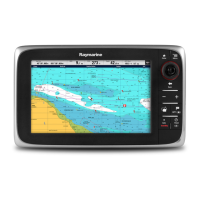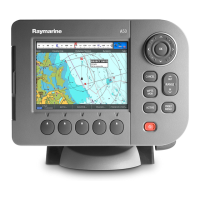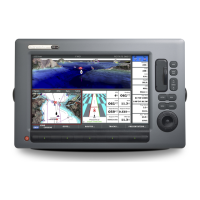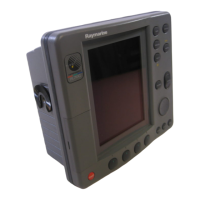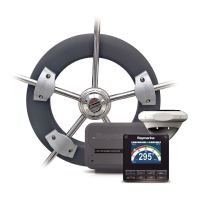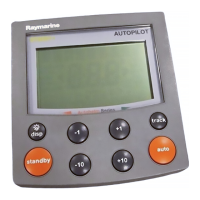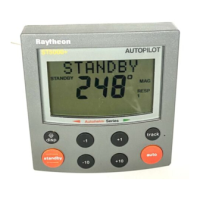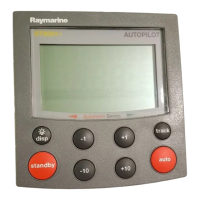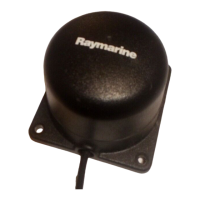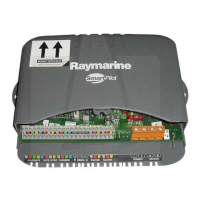What to do if Raymarine Marine Equipment radar will not initialize (Voltage control module (VCM) stuck in “sleep mode”)?
- CConnie DaughertyAug 27, 2025
If your Raymarine Marine Equipment radar will not initialize, and the Voltage Control Module (VCM) is stuck in 'sleep mode', check the power connection at the VCM. Ensure the voltage at the input is 12/24V and the voltage at the output is 40V. A poor power connection may be the cause.
